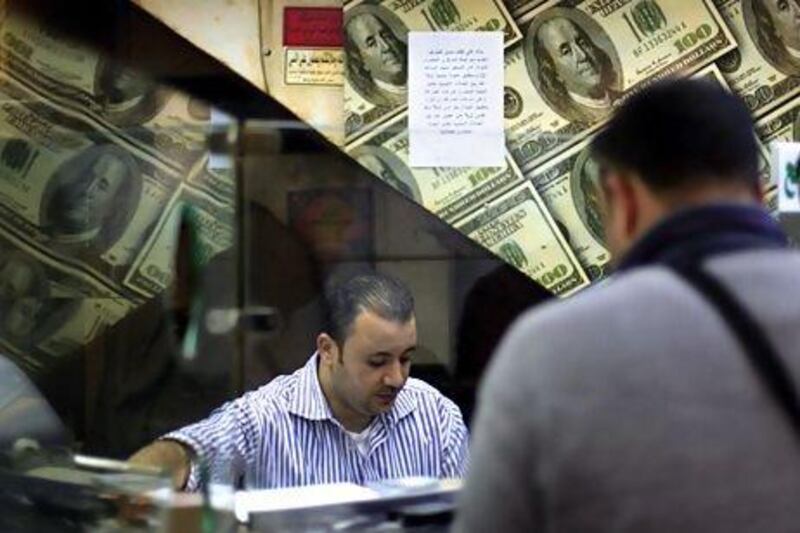Remittances to Egypt increased 13 per cent year-on-year, in the first 11 months of the fiscal year, the central bank said.
Inward foreign currency flows rose to $28.5 billion for the period through to the end of May from $25.5bn over the same period in fiscal year 2019-2020.
In May, Egyptians abroad sent $2.6bn home, a 45 per cent jump compared to a year prior.
“Job losses in the GCC have been relatively low compared to developed countries and considering the travel restrictions, expats kept sending money home,” Mohamed Abu Basha, head of macroeconomic analysis at EFG Hermes, told The National.
Overall remittances to low and middle-income countries fell 1.6 per cent in 2020 due to the Covid-19 pandemic, according to the World Bank.
But Egypt witnessed record growth in remittance flows last year, which increased nearly 11 per cent to $29.6bn.
Egyptian expatriates sent home the fifth highest value of remittances in the world in 2020, after India, China, Mexico and the Philippines, making up 8.2 per cent of the country’s gross domestic product, according to World Bank estimates.
Remittance volumes to the Middle East and North Africa increased 2.3 per cent last year, mainly driven by Egypt, followed by Morocco and Tunisia.
Countries that experienced stronger-than-expected flows benefitted from a strong economic recovery in host markets, as well as a shift in flows from cash to digital and from informal to formal channels, the Washington-based lender said in May.
Egypt is one of the largest suppliers of migrant labour to the Mena region.
The majority of Egyptian migrants live in the GCC.
“There have definitely been job losses for Egyptian expats, but we also saw evidence of job creation,” Mr Abu Basha said.
“This is particularly the case with rising job opportunities in areas of growth in Saudi Arabia, for example, including in the healthcare and tourism sectors.”
Remittances from Egyptians abroad have been growing since 2016, when a raft of economic reforms were implemented.
“This is likely due to the floatation of the Egyptian pound in 2016 which gave confidence in the official foreign exchange system, and the high rate of return for certificates,” the Egyptian Centre for Economic Studies said in a December 2019 report.
Inflows jumped nearly 33 per cent from $18.6bn in 2016 to $24.7bn in 2017.
In 2018 and 2019, remittances increased 3 per cent and 5 per cent respectively.







